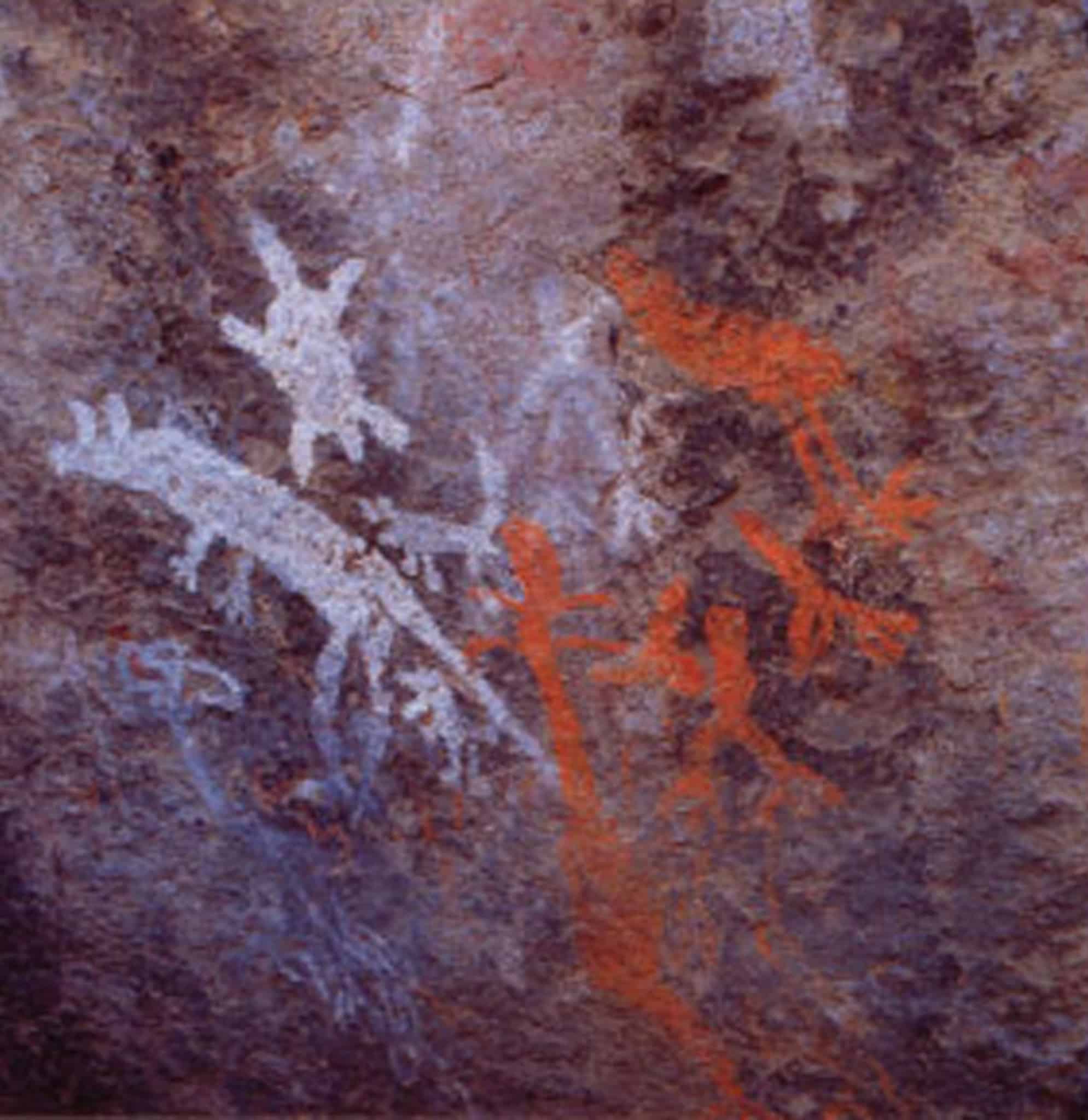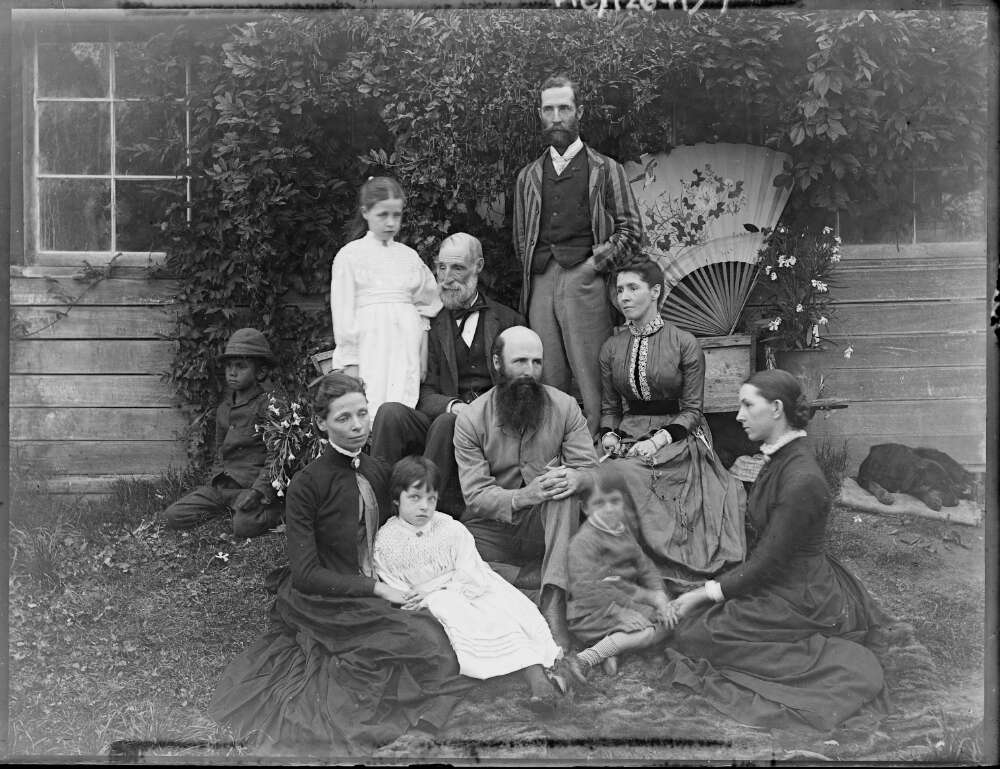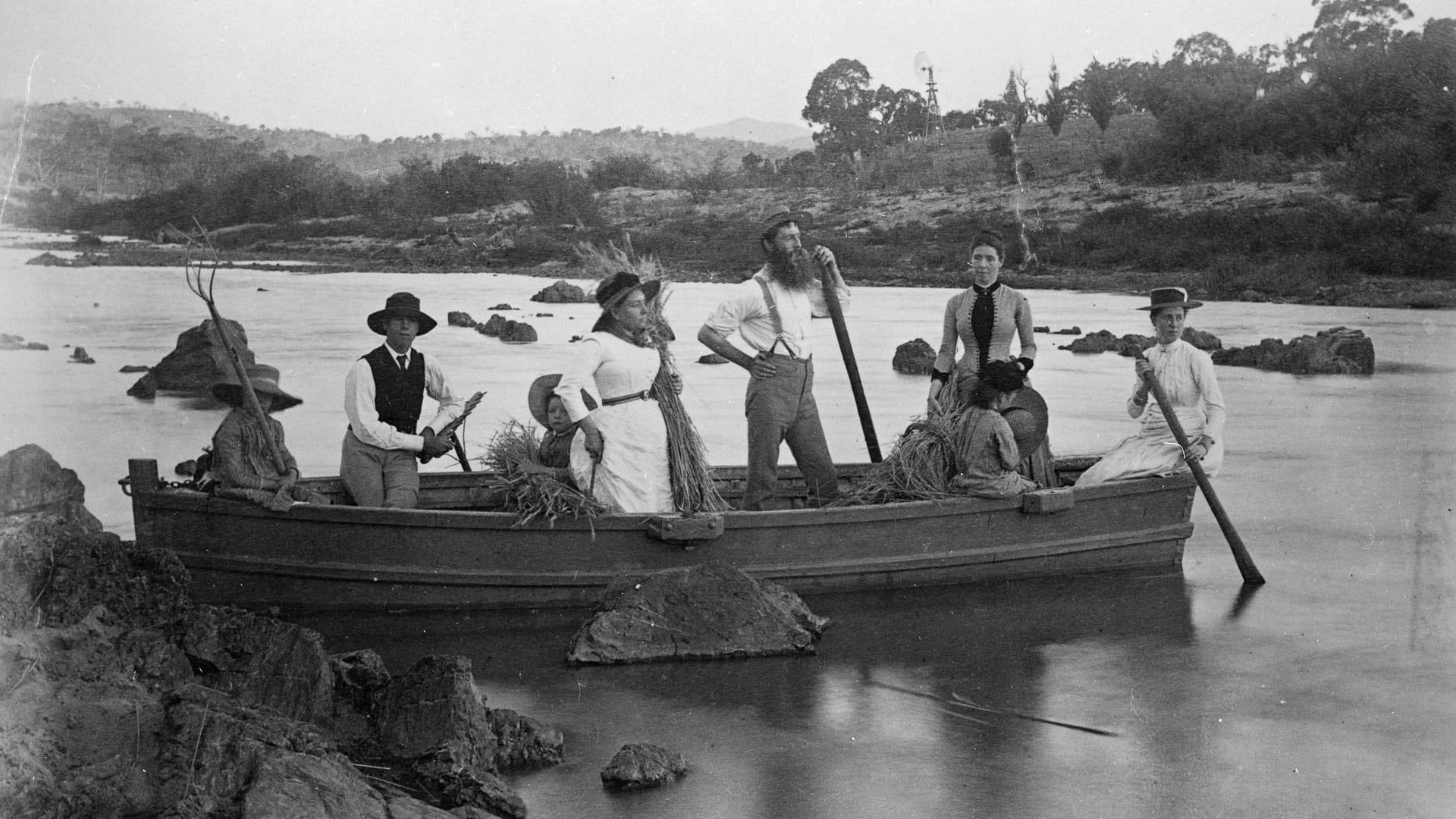Cuppacumbalong in the Aboriginal language means “meeting of two rivers”. For thousands of years The First Nations People were connected to this land by pathways which they travelled throughout the seasons to access resources as they became abundant at different times. The First Nations People would travel these pathways and meet up with family and other tribal groups to swap and share resources, socialise, enjoy festivals and corroborees and be guided by the spirits.

Cuppacumbalong is nestled on the western bank of the Murrumbidgee and Gudgenby confluence and is a place rich in traditional resources as can be seen by the 200 recorded sites of stone quarries, scarred trees, ceremonial sites and open camps along the Murrumbidgee River Corridor. Cuppacumbalong was a meeting place and camp site for the First Nations People who enjoyed the vast variety of flora and fauna, water, stone outcrops and quarries along with the change of the seasons.

European Settlers arriving in the 1820s brought about drastic change to the area as properties were fenced and boundaries arose. Introduced disease caused the Aboriginal population to dwindle and access to their traditional resources was reduced. Aboriginal families lived and worked on the rural properties helping them thrive. Cuppacumbalong Estate was originally set up as a sheep run by James Wright in 1839. Wright sold to Leopold de Salis, a politician and pastoralist in 1855, who enjoyed almost forty years of farming, producing fine merino wool and magnificent draught horses. At its peak the property covered some 90 000 acres. The 20th century saw the property pass through several hands, notably Alan Thomson who built a new homestead and Frank Snow who added extensions to this Californian Bungalow and created beautiful gardens hosting in 1954 the newly crowned Queen Elizabeth II and Prince Philip on their Australian Royal tour. Snow produced Merino sheep and Hereford cattle and the property was one of the largest remaining freehold properties in the 1960s.

In the early to mid 1970s the Federal Government withdrew the rural Cuppacumbalong Homestead Lease. Karen O’Clery then leased the Homestead from the Department of the Capital Territory, opening the space to make and display Australian art and crafts. Karen ran a cafe, exhibition rooms and studios for around twenty-five years. The early 21st century saw the Homestead change hands again and operate as a restaurant, wedding reception centre and farmstay.

In 2017 Karim Haddad and Ali Wass acquired Cuppacumbalong Homestead with a vision to provide a space where people can meet and make, learn and practise, a hub for artisans and an environment inspiring creativity. The Homestead is open and available for conferences, workshops and leadership programs as well as utilising the gardens and lower field to wander and enjoy the landscape along the Murrumbidgee. The pair engage with the local Aboriginal community for knowledge and advice in sustainable land management, planting of native tucker and trees to bring the land back to health and productivity. The grounds and gardens are currently being restored to their former glory and preserving the history of the Homestead. Like the owners that have come before us we would like to share Cuppacumbalong Homesteads rich environment, enabling the production of fine art and honing of craft. A meeting place by the two rivers, used and enjoyed by the larger community.
Recent actions undertaken by Ngunnawal Elders has seen the re-emergence of traditional language and how words may have been formed. The group has been able to formulate the origin of the word Cuppacumbalong to be; Gabagumbalung. To this we welcome you to our website and pay our respects to elders past, present and future.



